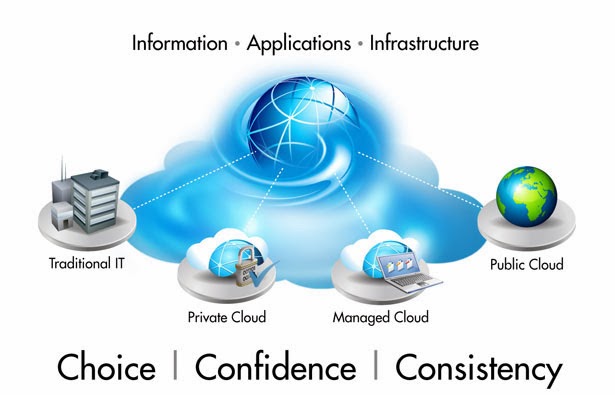PrimeSense is best known for its advanced body-movement tracking technology originally used for the Xbox 360, a popular gaming device.
Apple has signed a $350 million acquisition deal with the Israeli company PrimeSense, the maker of a motion-tracking chip technology.
Apple spokeswoman Kristin Huguet confirmed the deal late Sunday, but would not elaborate on the details.

The PrimeSense acquisition contributes to what is shaping up to be a banner year for merger-and-acquisition deals for Israeli startups. Google's $1 billion purchase of navigational application Waze has received the most media attention, but other big acquisitions include IBM’s $650 million purchase of cybercrime prevention company Trusteer and Facebook’s $120 million purchase of mobile utility app maker Onavo. Mobile protection company Asurion has also agreed to purchase Soluto, a cloud-based PC management service, for $130 million.
PrimeSense,the Israeli maker of motion-tracking chip technology is best known for licensing the hardware design and chip used in Microsoft’s Kinect motion-sensing system for the Xbox 360, which came out in 2010. More recently, the startup has been developing depth-sensing technology that would enable a three-dimensional camera inside a mobile phone to operate applications like indoor navigation tools or 3D shopping catalogs.
PrimeSense’s appeal is in its advanced body-movement tracking technology. Although Microsoft switched from the original PrimeSense system used in the original Kinect sensor for Xbox 360, to a homegrown alternative in the more recent version, that hasn’t stopped the company from further developing its system and targeting smaller implementations.
One such implementation is Capri, which significantly reduces the size of the sensor array while still allowing accurate motion-tracking of separate limbs and more. Initially, Capri was seen as being the main point of appeal for PrimeSense to Apple, with suggestions that the new sensor could find its way into future iterations of iPhone and iPad. However, according to the Israeli report today, Apple’s actual intended goal for PrimeSense’s systems is its much-rumored television project.
That would suggest navigation of an on-demand, streaming smart TV system using gestures rather than a complex remote. Talk of a full TV with the Apple logo has persisted for some years now, fueled in part by comments by Steve Jobs in which he reportedly claimed to have “cracked” the problem of unintuitive interfaces.
At the time, it was assumed that Apple’s voice control system on iOS, Siri, would be the key to that system, but if the PrimeSense leaks are authentic, it now looks like motion-control could also play a part. That would certainly fit in with PrimeSense’s own development roadmap; the company said it was exploring TV integration all the way back in January 2011.
Another suggestion, though not one necessarily based on any more than speculation, is that the sensor system could be used in Apple’s smartwatch project, unofficially-dubbed the iWatch. It’s unclear whether even the reduced Capri sensor array could fit into a wrist-worn-scale device at this stage.




